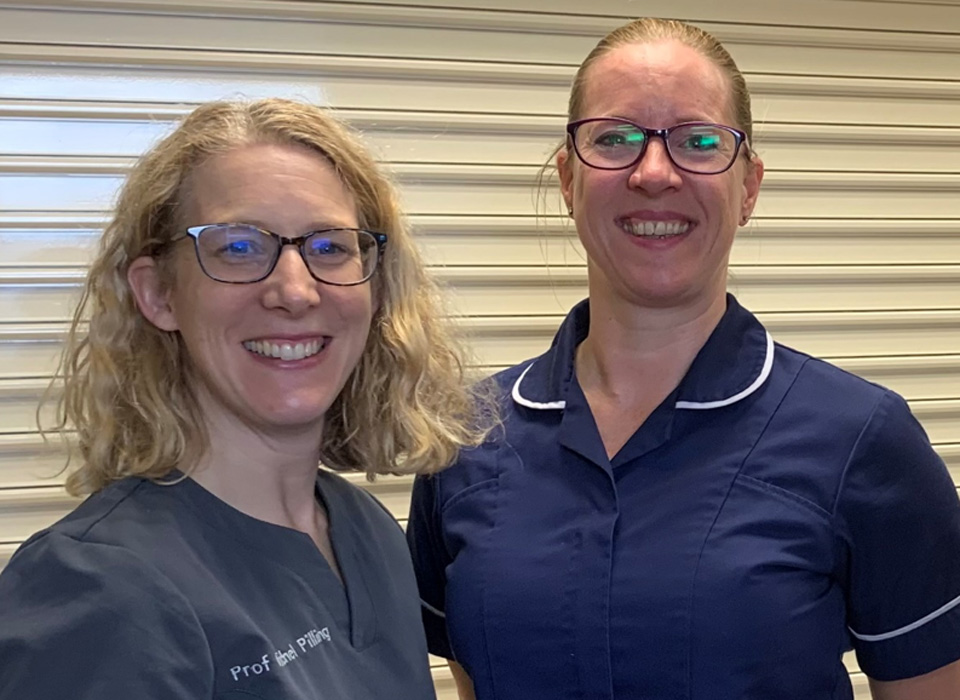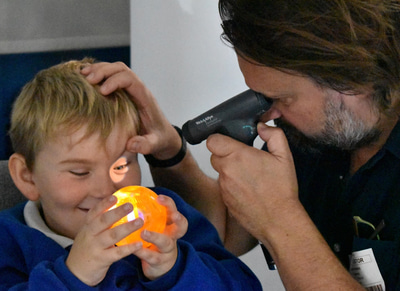- OT
- Professional support
- Optical organisations
- SeeAbility introduces new visual function tool
SeeAbility introduces new visual function tool
Developed over a decade, the Bradford Visual Function Box is designed to help understand what a person with a severe learning disability is able to see

11 November 2021
SeeAbility has announced the launch of a new tool which is designed to help identify what a child or adult with a learning disability or special needs can see and how they use their vision, and to explain this to parents and support staff.
The Bradford Visual Function Box (BVFB) looks to identify what and where a person can see, and how they use their vision. The BVFB has been validated for use, with results published in the British Journal of Ophthalmology.
The tool has been designed to help provide real-life, contextualised information about visual function. Eye care professionals can use the tool to explain to parents and staff supporting a child or adult with complex or severe learning disabilities what they are able to see around them.
SeeAbility trustee, Professor Rachel Pilling, who is also the consultant paediatric ophthalmologist at the Bradford Teaching Hospitals NHS Foundation Trust, and Caroline Rawse, an advanced orthoptist, developed the tool over a decade.

Commenting on the launch of the tool, Rawse described it as “simple, quick, portable and adaptable for use with children and adults with a wide range of abilities.”
She continued: “We believe that if we want to help people who have difficulty seeing, we must first be able to understand their functional vision – this is what they see, where they see and how they see it.”
The tool supports a flexible approach to testing in terms of environment, testing distance and visual attention. Assessments depend on observations and cues from patients as they react to objects including small toys, colourful beads, and black and white books.
Responses include blinking, pupils constricting, eyes moving, smiling or vocalising and reaching for the object.

“Our experience of testing children and adults with complex needs is that it is difficult to engage them in traditional sight tests as they simply aren’t interesting enough, or the largest size pictures big enough for some people to see,” Pilling explained. “This sometimes means they can’t access the treatments or support they need. The BVFB was developed to fill this gap in assessments.”
Matt Broom, strategic lead for eye health and vision at SeeAbility, said that the organisation hopes the tool will “make a really positive difference to the eye care of adults and children with complex and severe learning disabilities.”
“It’s easy to use, offers both clinician, patient and carer a more rewarding experience and works towards what we have always said at SeeAbility – that no-one is too disabled to have an eye test,” Broom added. “Whether it’s living, thriving, belonging or loving, ultimately what we want is greater inclusion and being able to make the best use of your vision is key to this.”
The boxes can be purchased from the SeeAbility website.
Advertisement


Comments (0)
You must be logged in to join the discussion. Log in